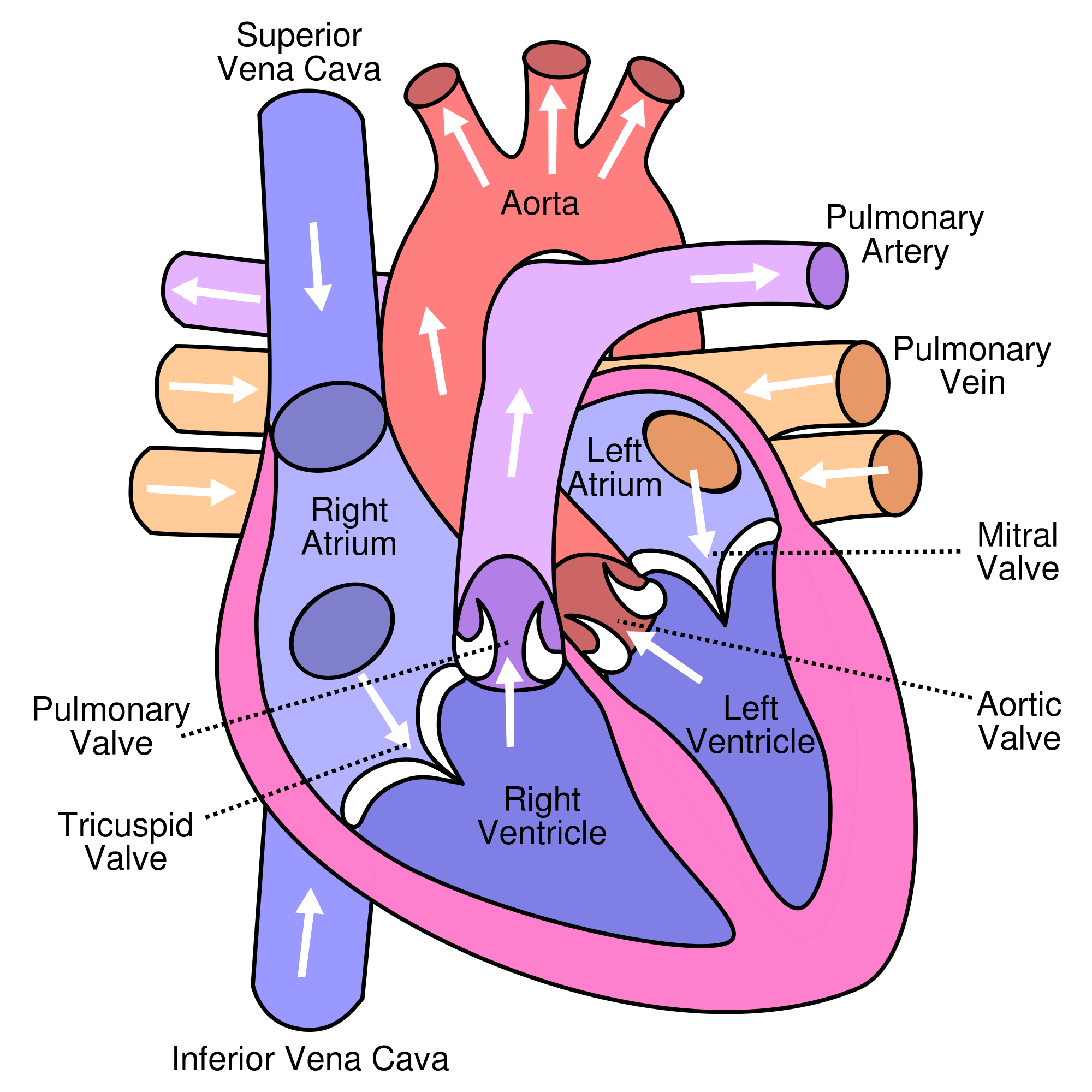|
The circulatory system is composed of the heart and blood vessels, including: arteries, veins, and capillaries.
Our bodies actually have two circulatory systems:
pulmonary circulation, a short loop from the heart to the lungs and back again,
and systemic circulation, which sends blood from the heart to all other organs and body parts
and then back to the heart. The heart's functions are controlled by an electrical system of sorts, determining your pulse and how hard your heart must work. Each of your heartbeats is set in motion by an electrical signal from within your heart muscle. In a normal, healthy heart, each beat begins with a signal from the sinoatrial (SA) node. This is why the SA node sometimes is called your heart's natural pacemaker. Your pulse, or heart rate, is the number of signals the SA node produces per minute. The circulatory system is a vital component of the human body. Without it, blood would not have a continuous path to take throughout the body and it would not be replenished with oxygen regularly. |
 |